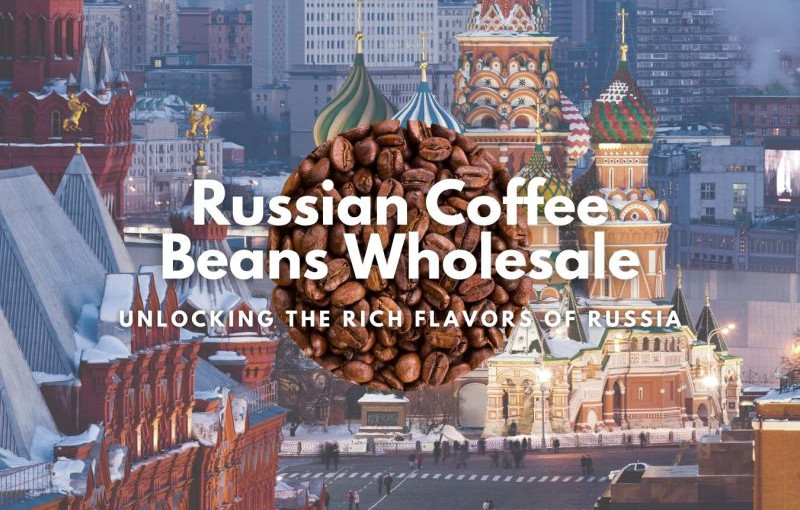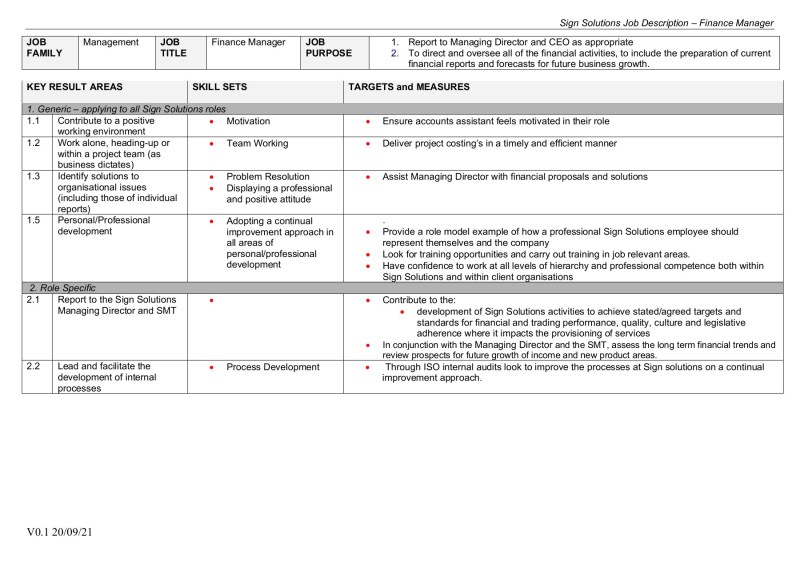Where Do Coffee Shops Get Their Beans
Where Do Coffee Shops Get Their Beans – Perfect Daily Saga > Roastery Management > How do roasters store and transport roasted coffee safely and efficiently?
In any specialty coffee roaster, there is a lot going on every hour of every working day. While roasting a batch of coffee may be the first thing that comes to mind, there are many other things roasters need to consider.
Where Do Coffee Shops Get Their Beans
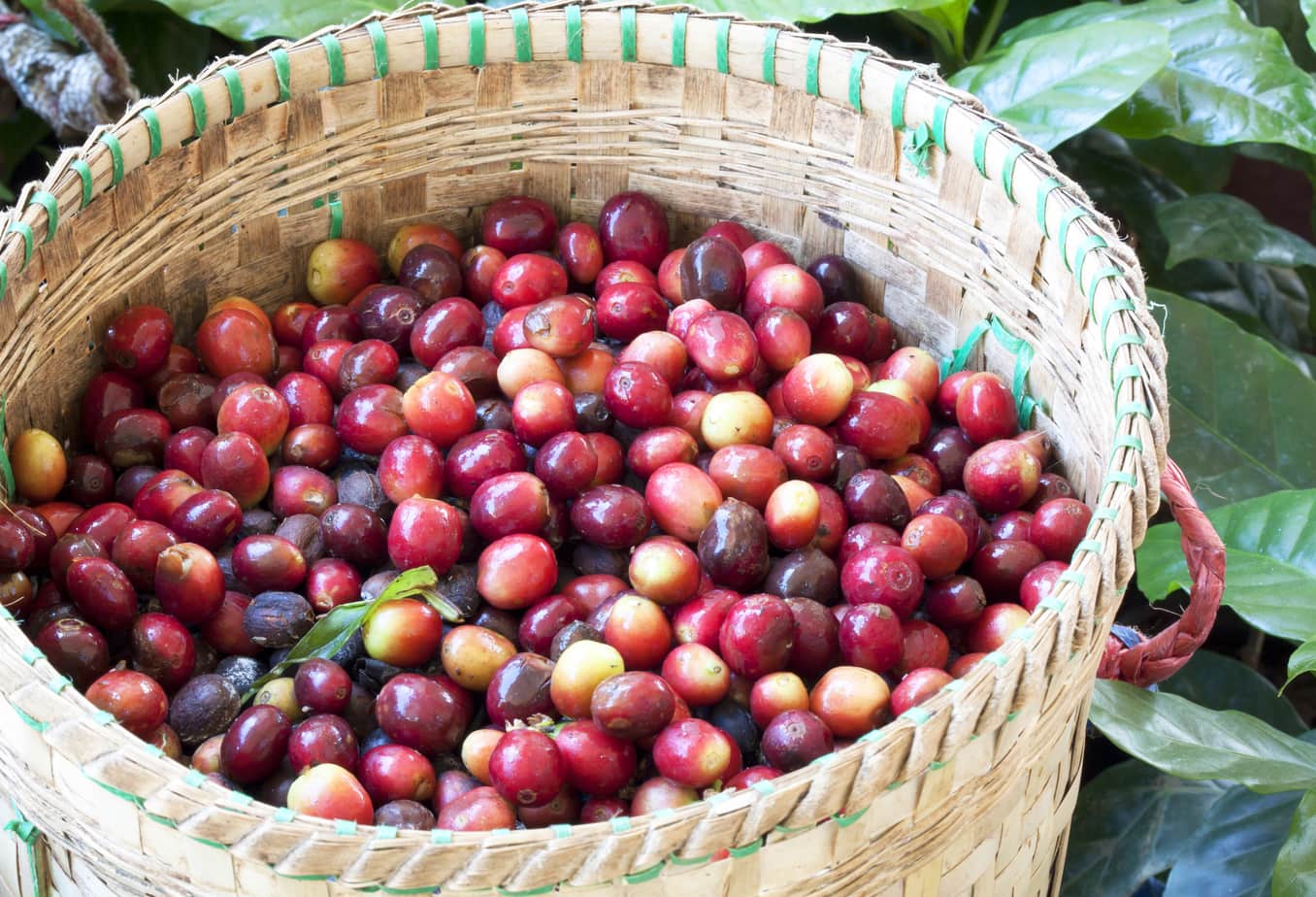
Storing roasted coffee safely and properly, and moving it efficiently throughout the roasting area, is critical to the success of any roasting business. Along with this, roasters must follow a series of best practices to protect the integrity of their coffee.
Coffee Shop Slogan Ideas
To find out more, I spoke with Roberto Pedini, Expert Process Manager at IMF Roasters. Read on to learn more about the best way for roasters to store and transport roasted coffee.
Before the coffee is roasted, maintaining the freshness and quality of the green coffee is the most important thing. It cannot be denied that if the roasters keep the green coffee in the best condition, they can maintain its natural properties. This means that once it has been roasted, customers can experience a variety of coffee flavors.
However, roasted coffee is unstable – and will lose its freshness after a few weeks.
This is because when high temperatures are applied to green coffee, many chemical reactions occur. These reactions then create permanent changes in the cell structure of the coffee bean – helping to develop its flavor and aroma.
From Cool Beans To Has Beens? The Covid Threat To Britain’s Coffee Shops
During the roasting process, a number of gases – including carbon dioxide (CO2) – are created in the coffee beans. Although some CO2 and water vapor are released during roasting, most are still trapped in the coffee beans. This is because the material is porous and easily absorbs gas.
Over the next few weeks, CO2 will slowly be released from the coffee beans during storage – this is known as ripening and “off-gassing”. However, when roasted coffee is ground, it releases about 60% to 70% CO2 – indicating an immediate loss of freshness.
On the other hand, the study concluded that the amount of CO2 in coffee is a “physical” indicator of the image. This means that if there is no CO2 in the coffee, then the coffee cannot be considered pure.
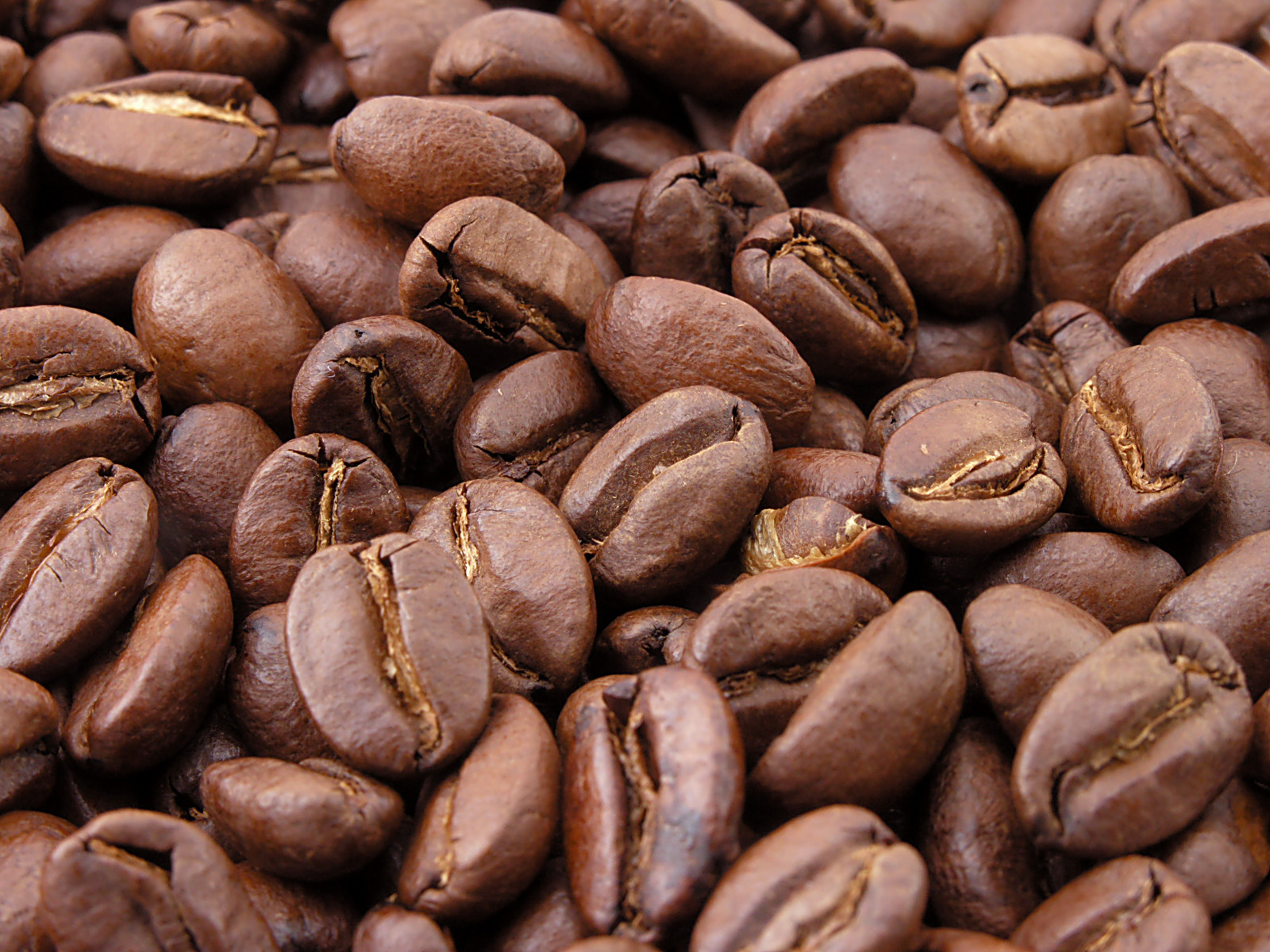
Additionally, CO2 acts as a barrier to the oxidation of roasted coffee. This process causes the coffee to go bad, which causes a decrease in taste.
What Is A Coffee Roastery? Wholesale, Subscriptions & Coffee Roasting Explained
“Roasted coffee must be stored properly to preserve the aroma and taste, as well as to protect the coffee from oxidation,” Roberto told me.
However, there are also those who think coffee is too “clean”. If you grind and brew coffee with a lot of CO2 (or immediately after roasting), the high level of gas will prevent extraction. This means that your coffee is easier to milk, resulting in an astringent and sour taste.
Therefore, many coffee experts recommend grinding and making coffee a few days after roasting. However, the specific time depends on several factors, such as:
For roasters around the world, food safety laws and regulations can vary. But regardless of geographic location, all roasters must ensure their roasted coffee (and green coffee) remains uncontaminated.
How Long Does Coffee Last?
Although the roasting process is considered the “killing step” (the step in which harmful parasites and germs are removed from the product), roasted coffee can still be contaminated.
Without adequate storage conditions and equipment, pests and insects can eat or breed in roasted coffee beans. Likewise, in hot and humid conditions, mold and mildew can grow on roasted coffee.
When choosing a solution for storing roasted coffee, many roasters choose silos. It is specially designed to protect roasted coffee beans from oxygen, moisture, and other environmental factors.
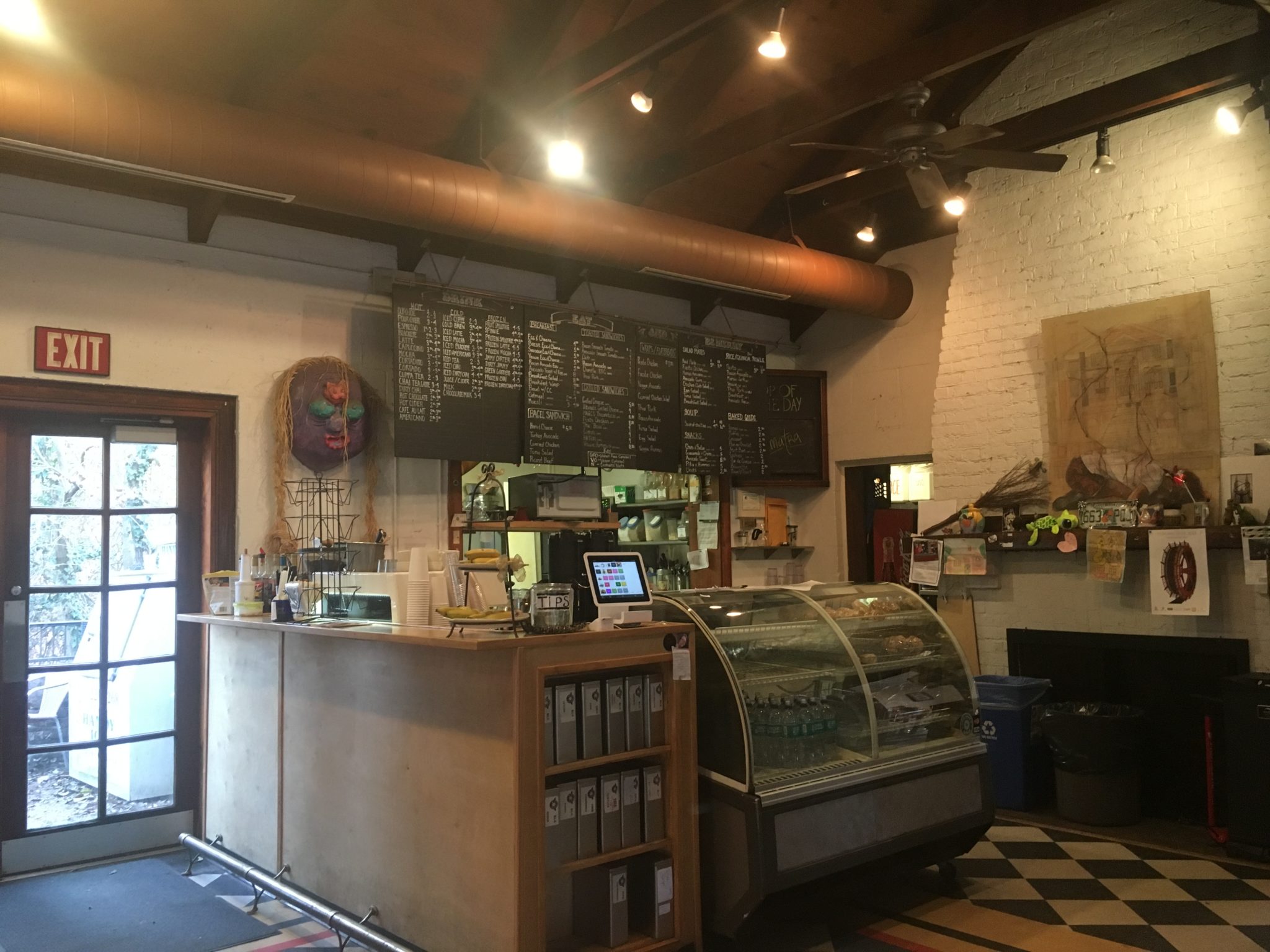
“IMF silos are available in various sizes, shapes and designs,” said Roberto. “They can also be safely installed outside if there is not enough space inside the grill.”
Coffee Bean Types And Their Characteristics
In addition to storing coffee in optimal condition, roasters also need to ensure that they store and move roasted coffee beans to their facilities safely and adequately.
To simplify the process of moving green coffee into the machine, many roasters use pneumatic conveyors, conveyor belts, or trolleys. This allows them to move large amounts of green coffee quickly, while reducing the risk of injury from heavy lifting.
“It is very important to protect the coffee when it is moved on the pneumatic conveyor or conveyor belt to avoid breaking the coffee beans, and also to reduce the loss of quality,” said Roberto. “IMF’s solutions rely on special technology and designs to handle coffee safely.
“Transfering the roasted coffee beans should be a gentle and slow process – it’s important to control the speed and pressure,” he adds. “Pneumatic conveyors are the most flexible and hygienic solution, while mechanical conveyors are more suitable for short distances.”
Wholesale Coffee: 4 Quick Ways To Get Your Business Started
Similar to how they transport green coffee, many roasters use pneumatic conveyors, conveyor belts, or trolleys to move roasted coffee beans from the machine to the storage solution. Designing an efficient and ergonomic baking space can also help simplify this process.
Roasted coffee should be stored in a container that protects it from oxygen, moisture and other environmental factors. Therefore, many roasters choose to invest in warehouses to store roasted coffee.
However, the system for storing roasted coffee must also allow the coffee beans to mature and spoil at a sufficient rate. For example, Roberto explains that IMF coffee warehouses are equipped with degassing valves, allowing CO2 to be released.
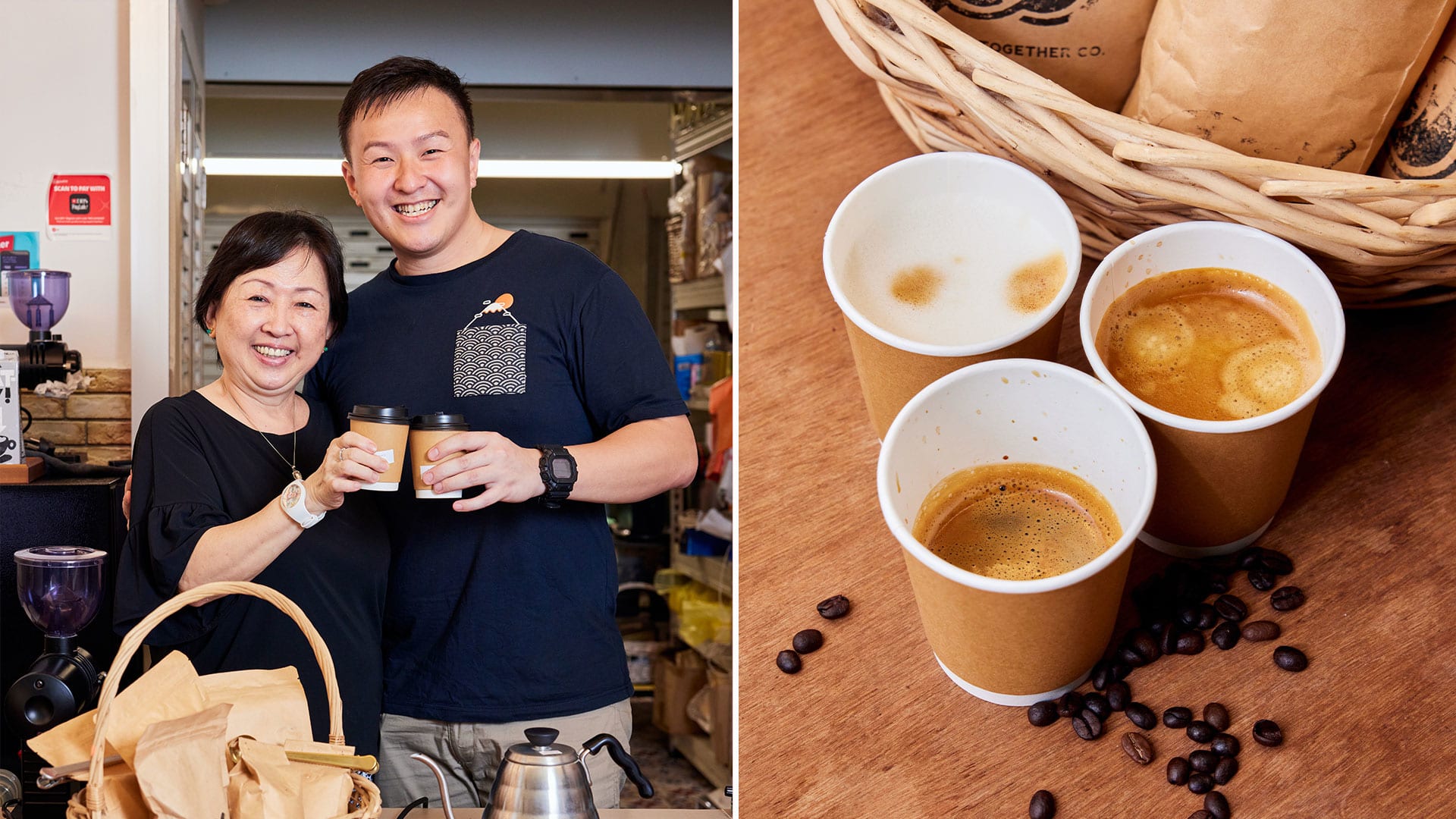
Whatever storage and transportation solution they choose, they need to invest in high-quality equipment.
After Harassment Over Checking Customer Vaccine Status, Nyc Coffee Shop Owner Says Mandate Is ‘tearing Us Apart’
“Roasters need professional, high-quality equipment specifically designed to handle carefully roasted coffee for storage and transport,” explains Roberto.
Silos are one of the best ways to maintain the purity and quality of roasted coffee, while eliminating the risk of contamination.
“The warehouses of the IMF are made of steel,” Roberto told me. “They are also equipped with shock absorbers, which reduce the possibility of damage or breakage of coffee beans during packaging.”
This is very important because broken or damaged coffee beans will lead to a decrease in the quality of the coffee – as well as a decrease in the user experience.
Coffee Basics: Types, Roasts, And Storage
But arguably, the most important piece of equipment for any grill is the grill itself. Without professional, high-performance machines, roasters will never be able to achieve a consistent, high-quality profile.
Roberto explains that some grills, like IMF, use heat storage and recirculation technology. This system can not only improve the stability of the burning profile, but also reduce energy consumption – and therefore costs.
First, every toaster must follow food safety regulations. Therefore, they always need to make sure their coffee is free of dirt and impurities.
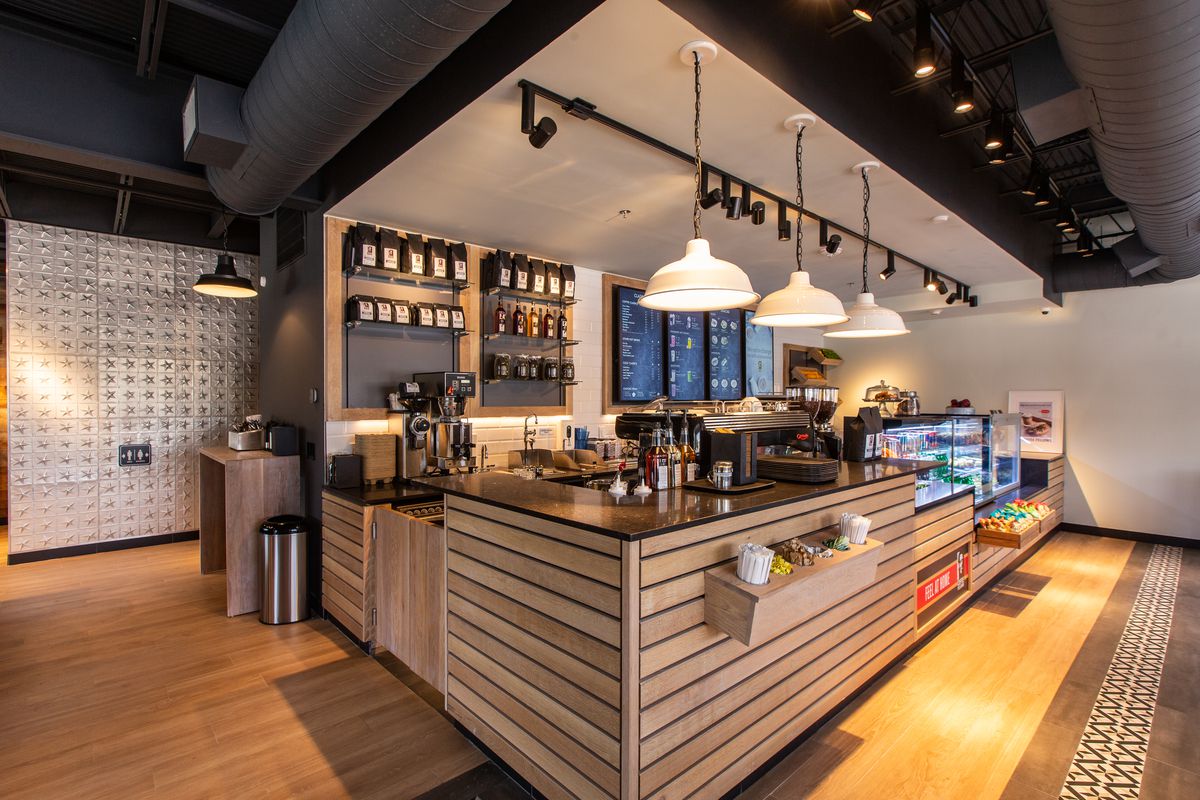
However, maintaining the quality and freshness of the coffee is important. Many specialty roasters pay a premium price for green coffee, so they need to ensure that the consumer can experience the best taste and aroma of the coffee. On the other hand, coffee companies can build more trust and brand loyalty.
Blank Street Cracked The Code On Making Coffee Shops Attractive To Vc
Another important consideration is to reduce waste and streamline operations. Roasters often spend a lot of time transporting coffee around the warehouse, so investing in a conveyor system can reduce their workload.
As a result, the roastery can focus on other areas of business, with the possibility of increasing the amount of profit.
Similarly, systems such as silos, dozers and packing lines can help reduce waste – which can also reduce costs – and free up space in the roaster.
This may not seem like a priority, but storage and transportation are very important considerations if roasters want to consistently sell high-quality coffee. Considering that roasted coffee is an unstable product, it is very easy for coffee to lose its freshness and integrity.
Hard Beans, Green Beans And Making Coffee Science Accessible To The Community
To reduce these risks as much as possible, roasters need to invest in proper storage and transportation equipment, and make their breads around these solutions.
Are you enjoying this? Then read our article on how coffee roasters can design attractive and beautiful roasting rooms.
Daniel owns a roastery based in Black Mountain, NC, USA. He is interested in movements in the coffee industry and its impact on other industries. Because of low operating costs, the millennial owner of Coffee Together Co. can offer its coffee beans at prices 30 to 60 percent below restaurant prices. sell peanuts.
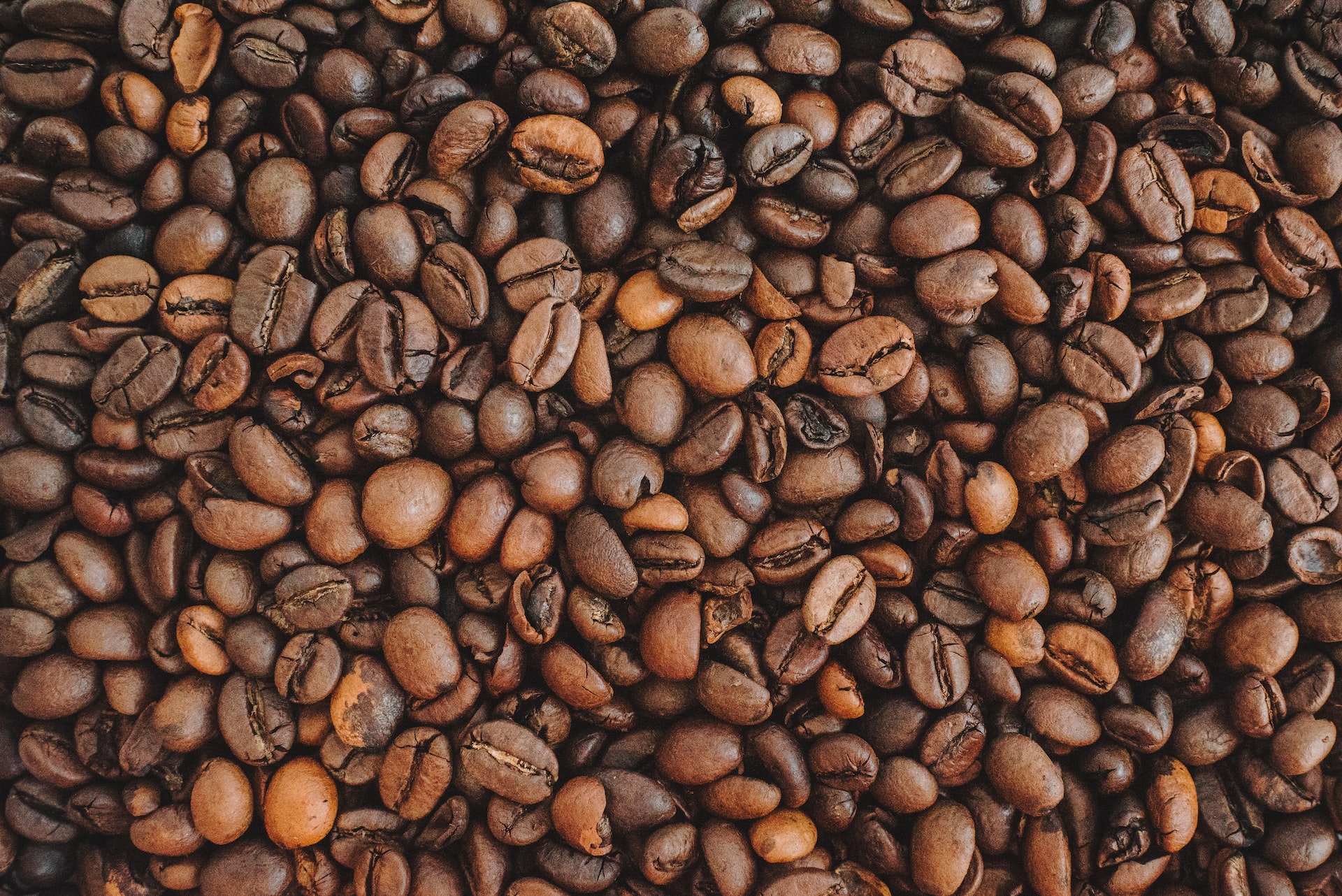
Commonwealth Crescent Food Center has many favorite hawker stalls, such as the return stall of popular barbecue restaurant Foong Kee, $1 tong shui stall Xi Le Ting, and Hammee’s delicious Burgers.
A Specialty Coffee Shop In Strasbourg: Mokxa
The wet market just below the hawker center is equally interesting, with a number of small stalls selling produce such as eggs, meat, vegetables… and hipster coffee beans.
Yes, the most prominent of these simple units is Coffee Together Co., which has more colorful than usual decorations like traditional Chinese symbols, faux brick wallpaper, and a large flaming coffee filter logo on the wall.
Closer, what caught our attention is also the automatic coffee maker and the small menu advertising “Arabica Coffee” with three hot options: Espresso ($2.90), Long Black ($3.90) and Flat White with barley milk ($4 .90).
This refreshing drink is meant to showcase the shop’s main product, which is coffee beans. In front of the store is a lovely aunt
Coffee Beans Market Size Worth Us$ 42.26 Billion By 2027 At 6.30% Cagr Report By
Where do pawn shops sell their gold, where does starbucks get their coffee beans, where do shops buy their products, where to get coffee beans, coffee shops that roast their own beans, different coffee beans and their flavors, where do pawn shops get their prices, where do flower shops get their flowers, where do coffee beans grow, where do you get green coffee beans, coffee makers that grind their own beans, where does starbucks buy their coffee beans
